Embossing
Embossing
Embossing in Packaging
Embossing is a technique used in packaging to create a raised design on the surface of materials like paper, cardboard, or plastic. This method adds a tactile and visual element to the packaging, making it more attractive and engaging for consumers.
How Embossing Works
Embossing involves pressing a die onto the material to create a raised pattern. The die is usually made of metal and is designed to match the desired design. When the die presses into the material, it forms a raised area that stands out from the rest of the surface.
Benefits of Embossing
Embossing offers several benefits in packaging. It enhances the visual appeal of the product, making it stand out on shelves. It also adds a premium feel, which can increase the perceived value of the product. Additionally, embossing can be used to highlight important information, such as logos or brand names.
Types of Embossing
There are different types of embossing techniques used in packaging. Blind embossing creates a raised design without any added color or foil. Foil embossing combines embossing with foil stamping to add a metallic finish to the raised design. Debossing is the opposite of embossing, where the design is pressed into the material, creating a recessed effect.
Applications of Embossing
Embossing is widely used in various packaging applications. It is commonly seen on luxury product packaging, such as perfumes, chocolates, and high-end beverages. It is also used in business cards, invitations, and other printed materials to add a touch of elegance and sophistication.
Conclusion
In summary, embossing is a valuable technique in packaging that enhances both the look and feel of the product. By creating a raised design, it makes the packaging more attractive and helps brands stand out in a competitive market.
Blog Posts with the term: Embossing
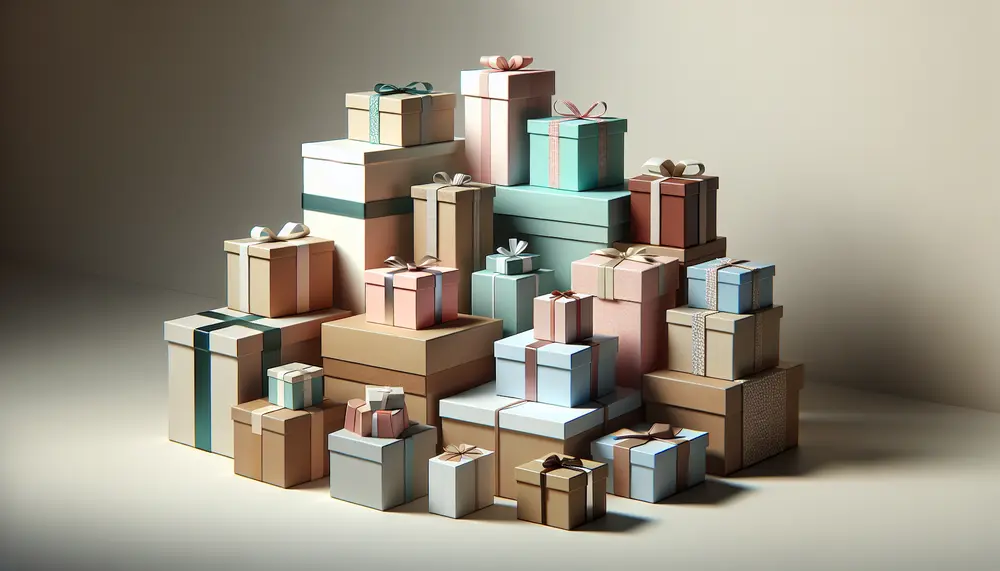
Unique packaging designs enhance gift boxes by creating memorable unboxing experiences and reflecting the giver's care. Personal touches, eco-friendly materials, and innovative design elements can elevate both personal gifts and brand identity. Creative packaging for gifts makes a strong first impression,...

Packaging in marketing is a multifaceted tool that influences brand perception and market success, serving not only to protect products but also as a silent salesman through design elements that convey brand values. It enhances visibility, appeal, protection, communication of...

Glass packaging is valued for its durability, inertness, and transparency, ideal for storing various products while being 100% recyclable. Different types of glass like borosilicate and soda-lime are used in packaging due to their unique properties such as thermal resistance...
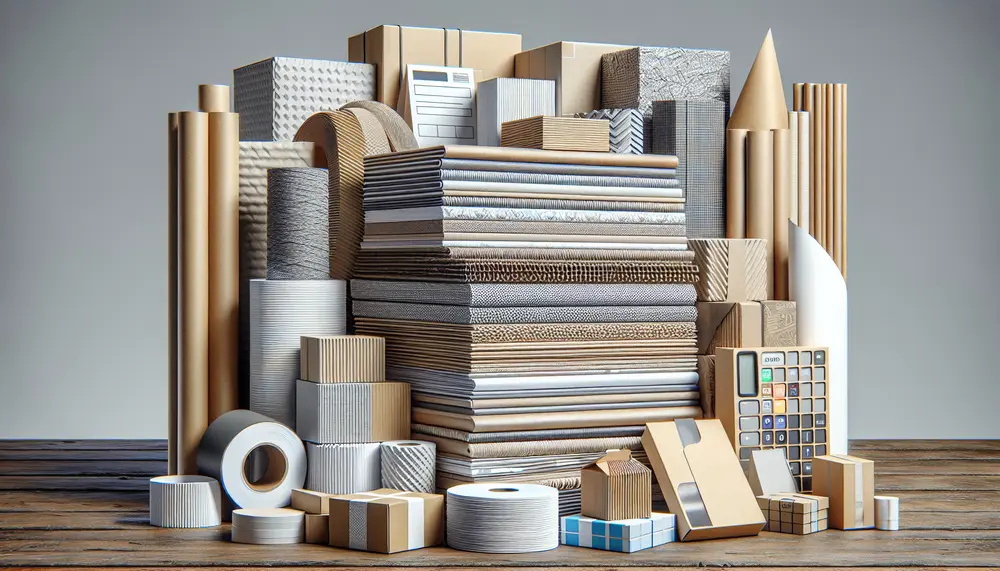
Duplex paper is a two-layered packaging material known for its printability and structural integrity, widely used across industries due to its visual appeal and sturdiness. It's also eco-friendly, being recyclable and often made from sustainable sources. Advancements in duplex paper manufacturing...
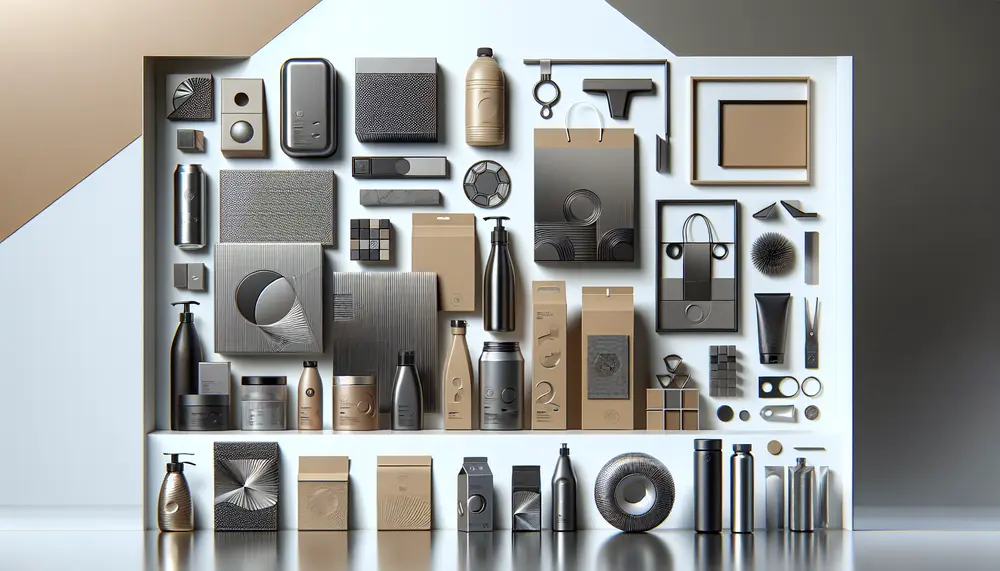
The 2024 packaging design trends emphasize aesthetics, functionality, and sustainability to enhance brand storytelling and consumer engagement. Trends include eco-friendly materials that reduce environmental impact but may increase costs, minimalist designs that offer a clean aesthetic while potentially being too...
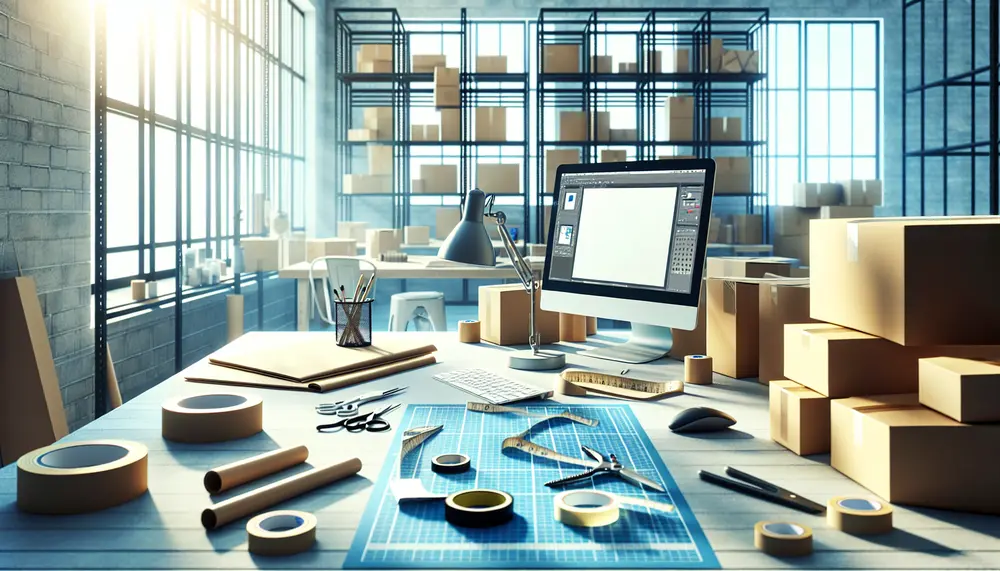
The packaging design process is a complex journey from concept to consumer, involving education on materials and techniques, collaboration among stakeholders, adherence to timelines, and evaluation of market success. It's crucial for creating an appealing package that meets practical requirements...
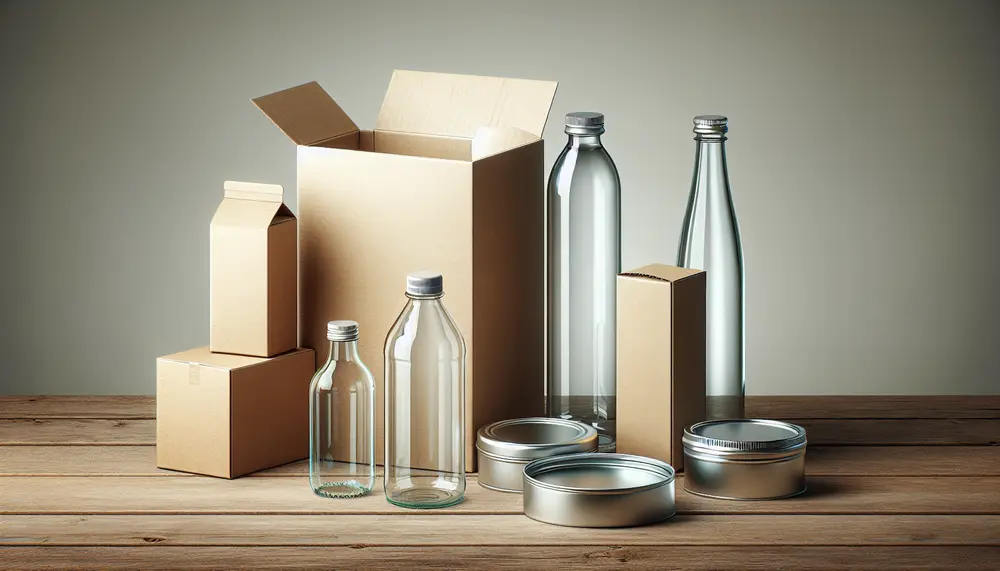
Packaging materials are crucial for product protection, branding, and environmental impact; choosing the right type depends on various factors including the product's nature and consumer trends. Paper-based options like corrugated cardboard and SBS paperboard offer sustainable choices with different balances...
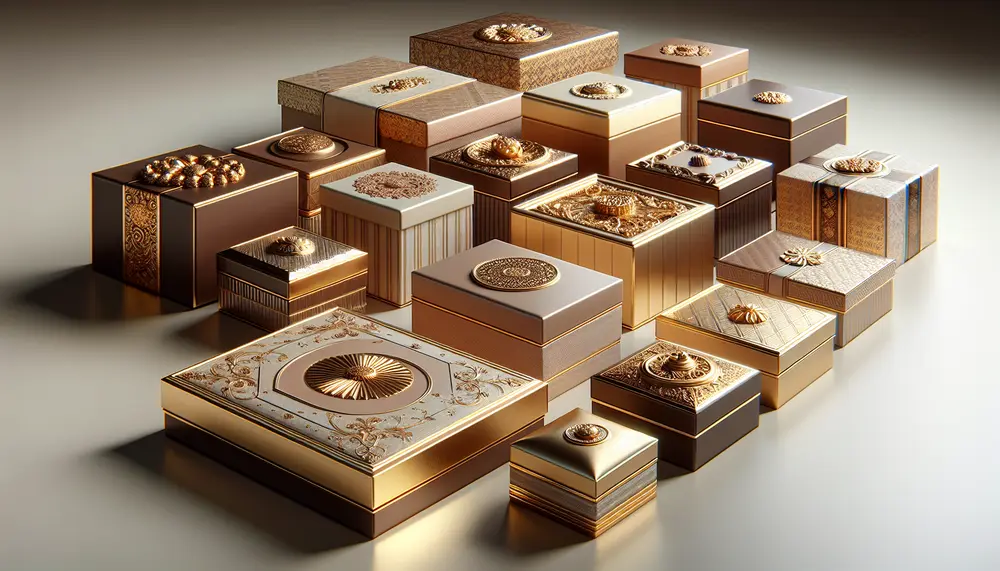
Chocolate packaging design is crucial for brand image, consumer appeal, and product protection; it combines aesthetics with functionality to enhance the chocolate experience. Sustainable luxury in chocolate packaging balances environmental responsibility with maintaining a premium feel, as brands adopt recyclable...
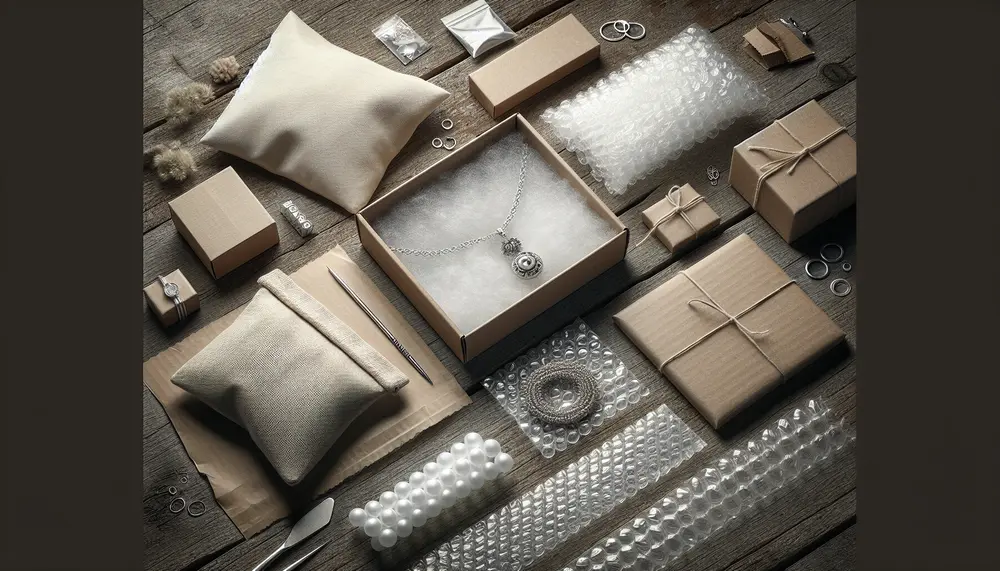
Jewelry packaging materials are essential for protection, brand identity, and enhancing customer experience; factors like durability, cost, customization potential, and environmental impact guide material selection. The right packaging is a key marketing tool that can influence consumer behavior and align...
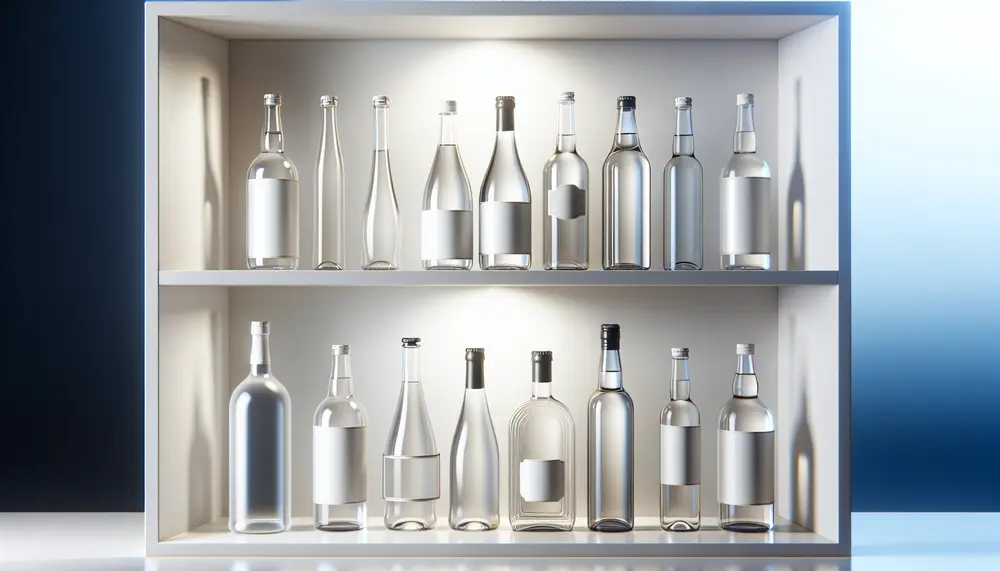
Beverage packaging is a critical aspect of the consumer experience, acting as a gateway to luxury and influencing perceptions through design that combines aesthetics, function, and sustainability. Good design not only attracts attention but also tells a brand's story and...
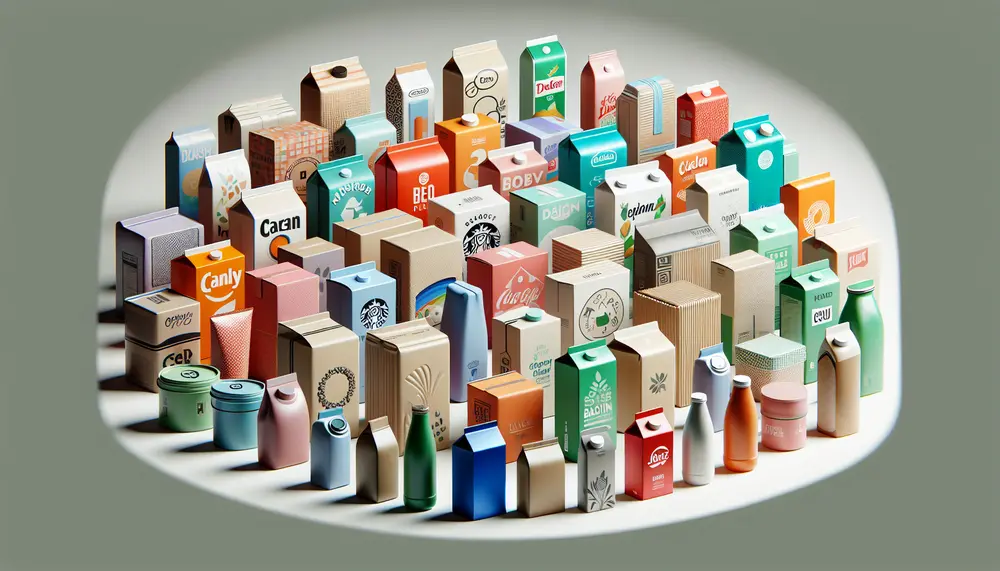
Product packaging design is a complex process that combines material, form, color, typography, and imagery to protect products and attract consumers. It's essential for brand identity and customer engagement in competitive markets. Color psychology plays a significant role in product packaging...
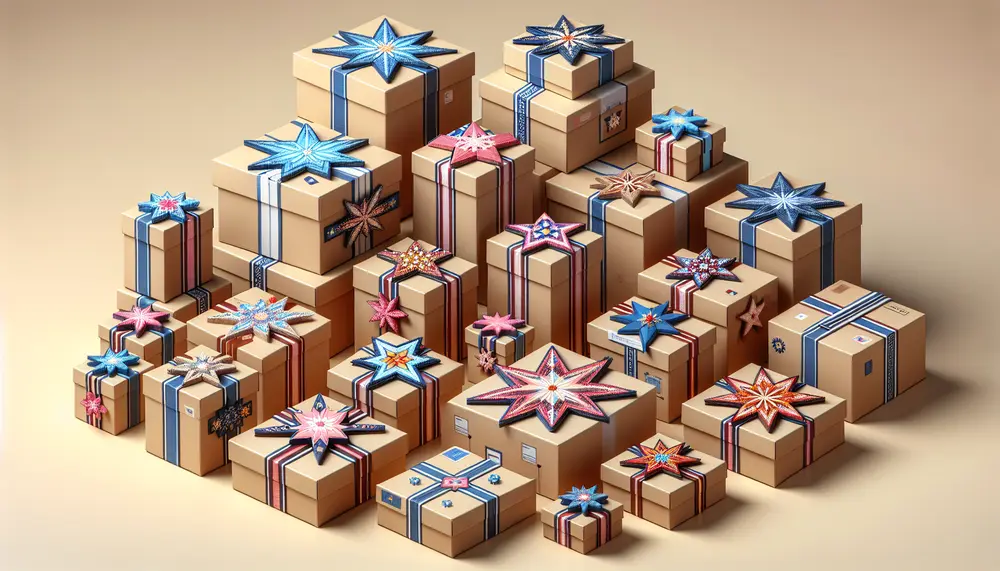
Packaging stars are key design elements that enhance product visibility and influence consumer decisions by symbolizing brand identity and benefits. They require a strategic approach, considering psychology of color, shape, imagery, and placement to effectively communicate without words. Selecting the right...
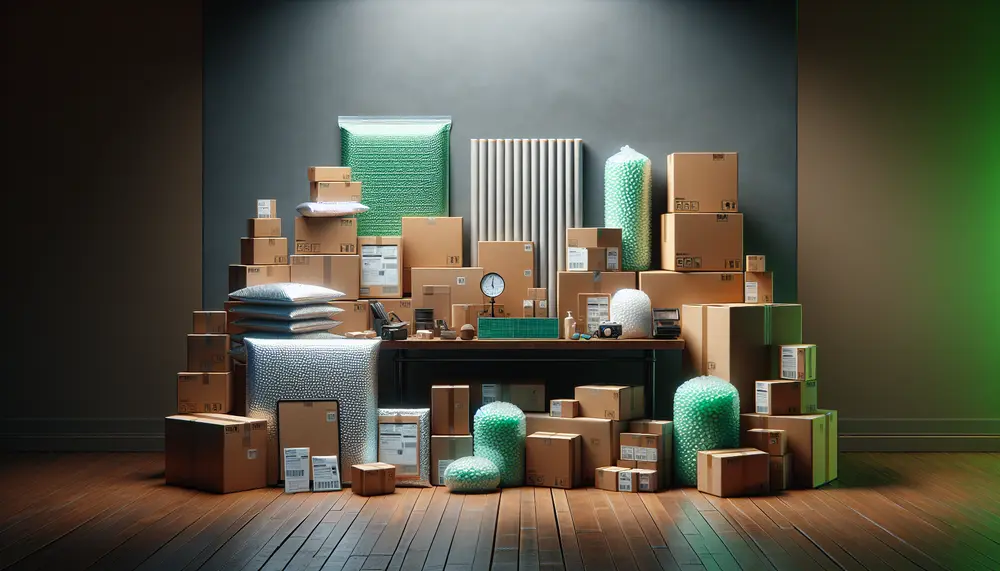
Parcel packaging is crucial for product protection and brand representation, involving material choice, durability, size optimization, and customer unboxing experience. Cardboard boxes offer versatility with options like corrugated cardboard and die-cut designs; padded mailers and poly bags provide flexible solutions...
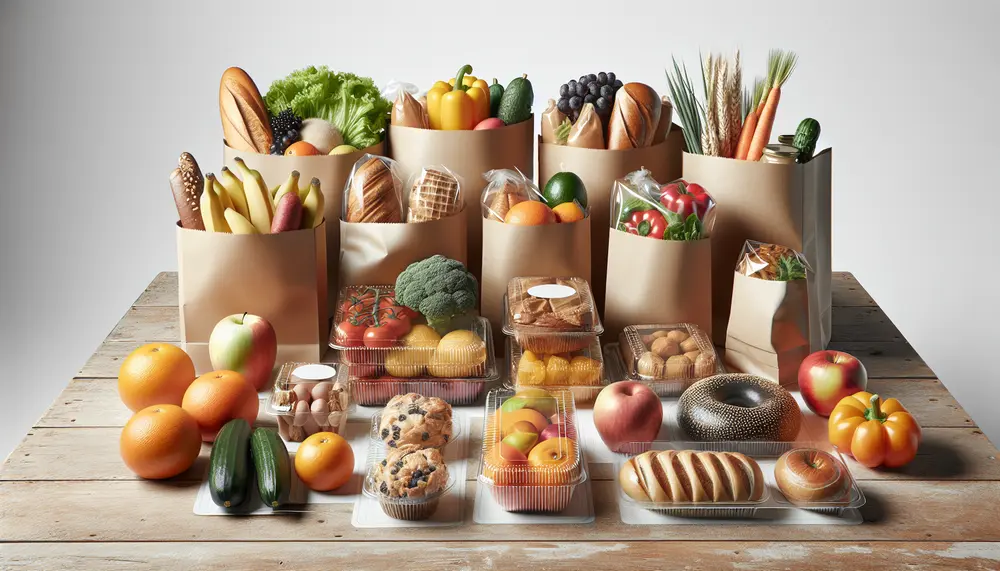
Packaging is critical for food safety and freshness, providing a barrier against contaminants and extending shelf life through innovations like modified atmosphere packaging. It also protects from physical damage during distribution, playing an essential role in preventing foodborne illness. Choosing the...

Understanding packaging box materials is crucial for product presentation, protection, and environmental impact. Material choice affects cost, durability, and sustainability; factors like strength and recyclability must be considered. Paper-based boxes are versatile and range from cardboard to corrugated options with varying...
